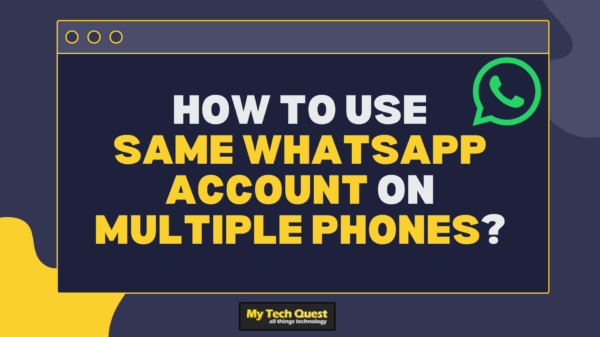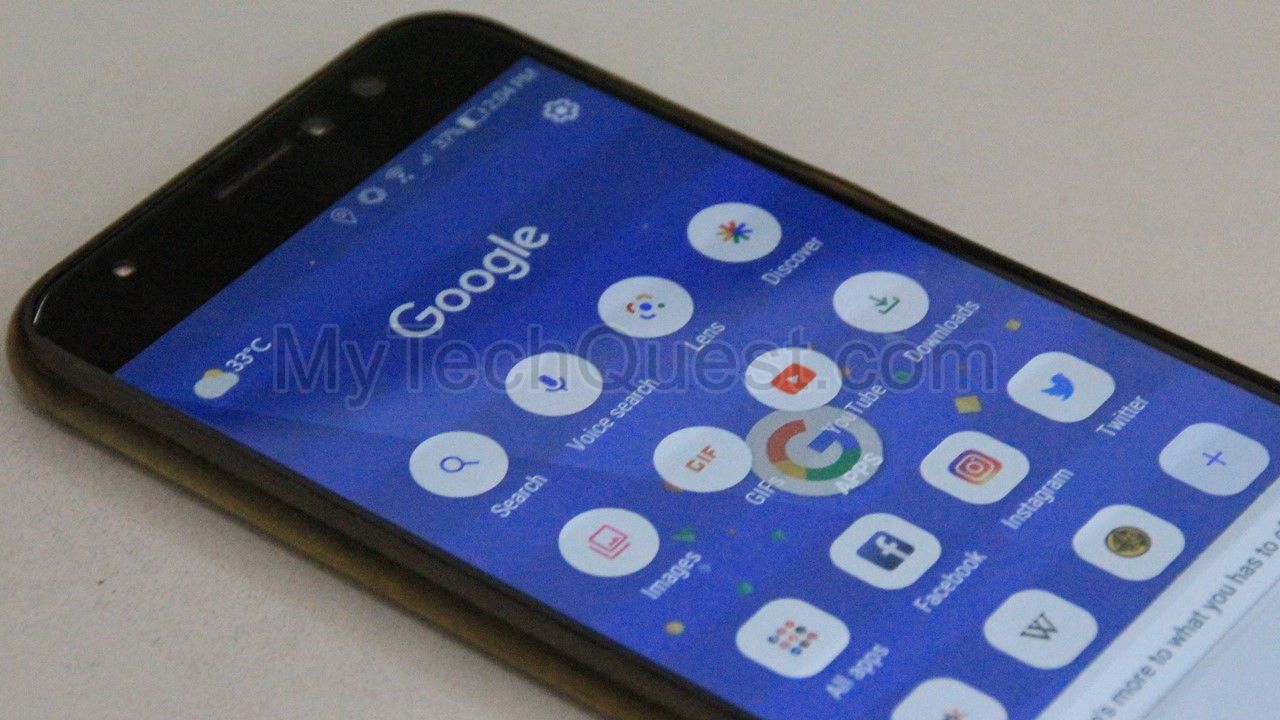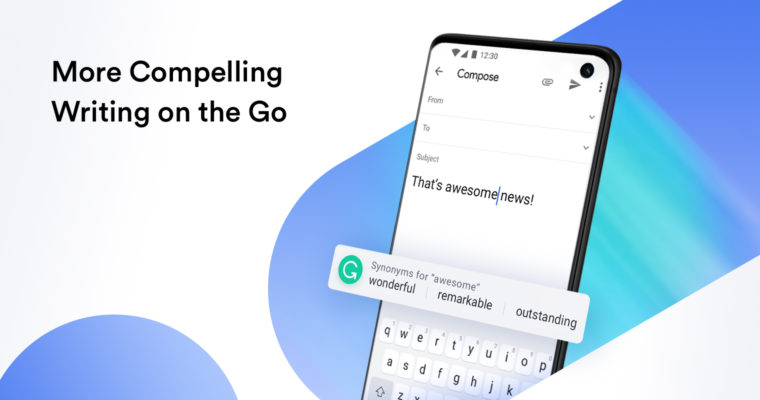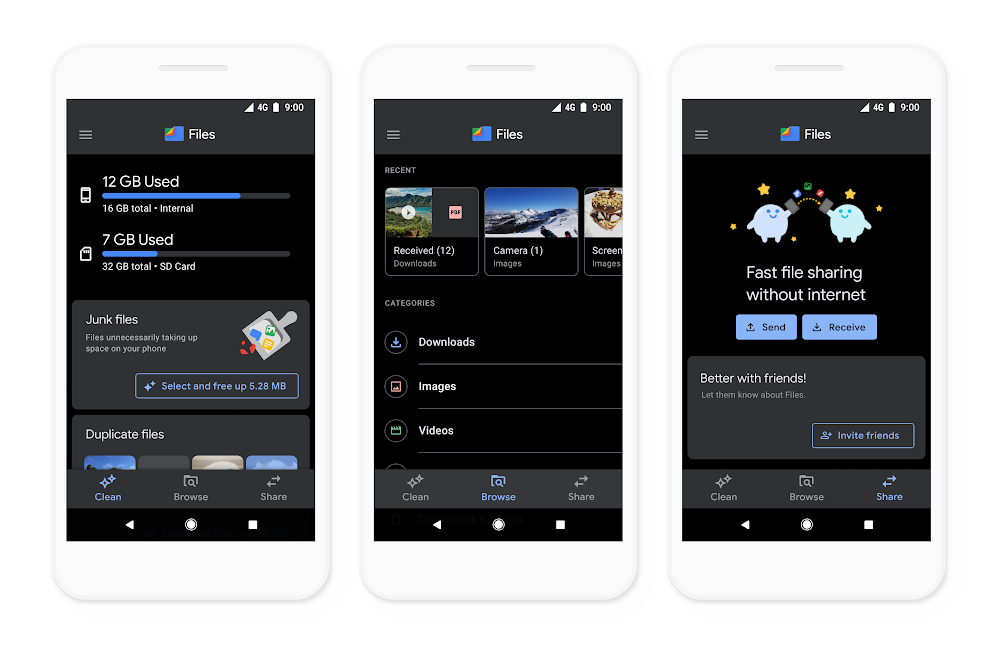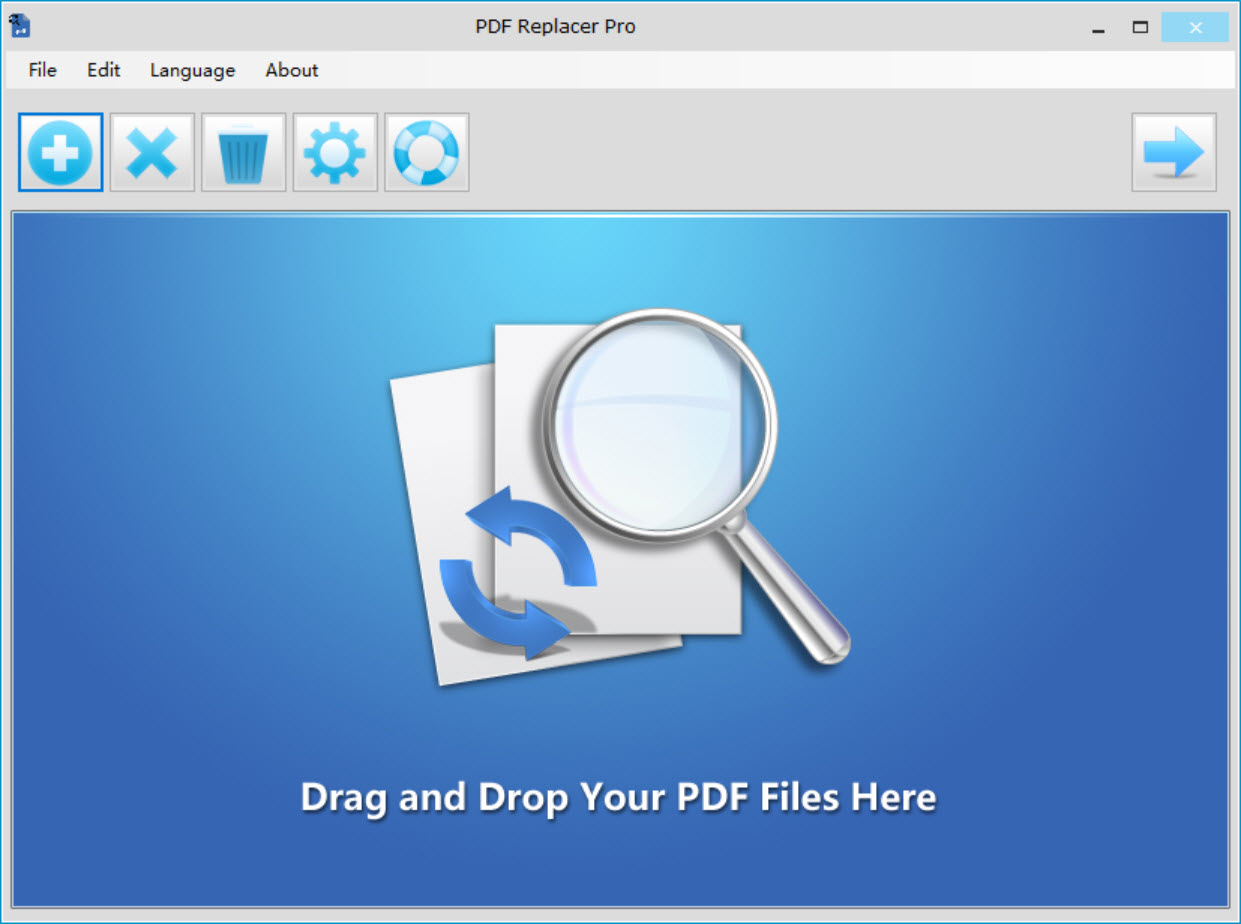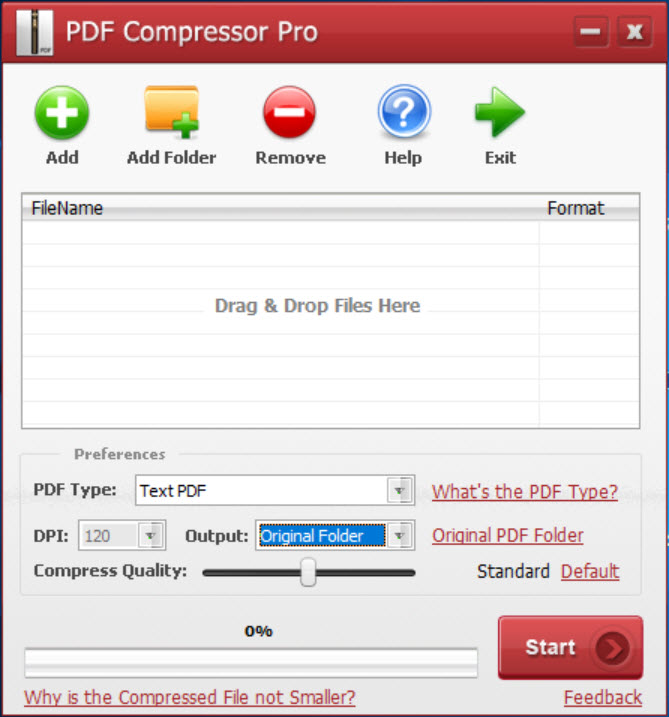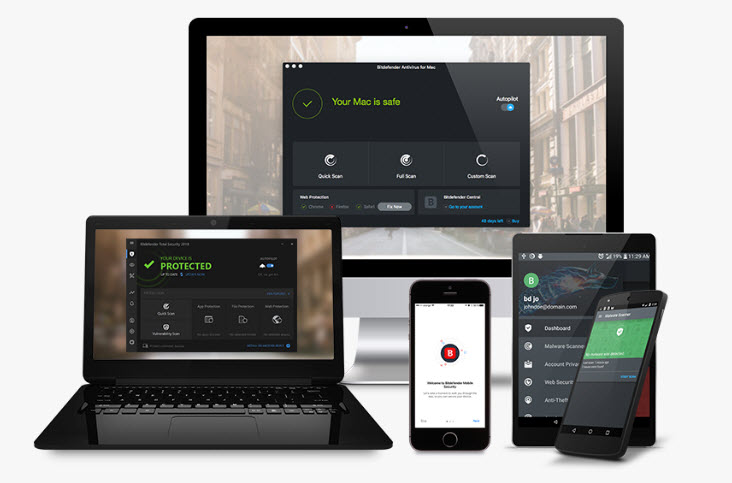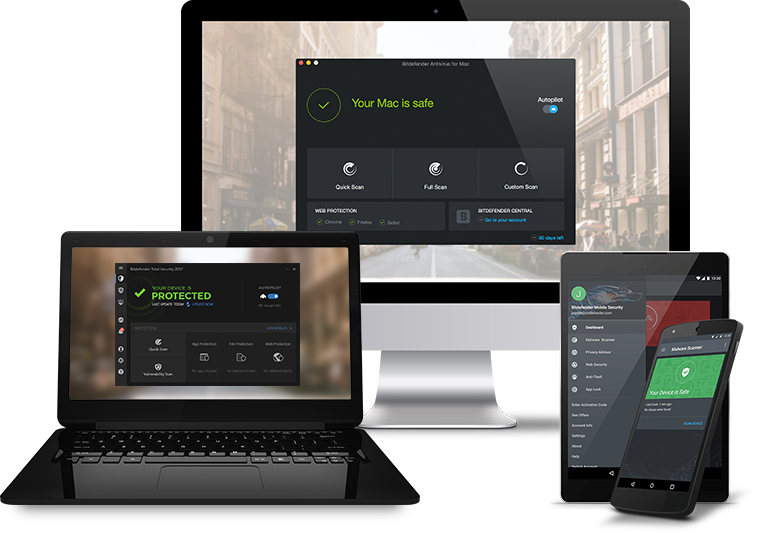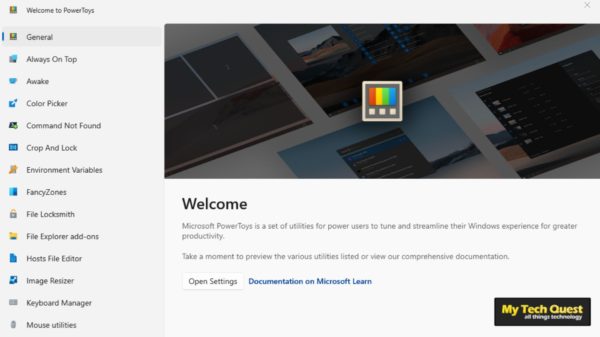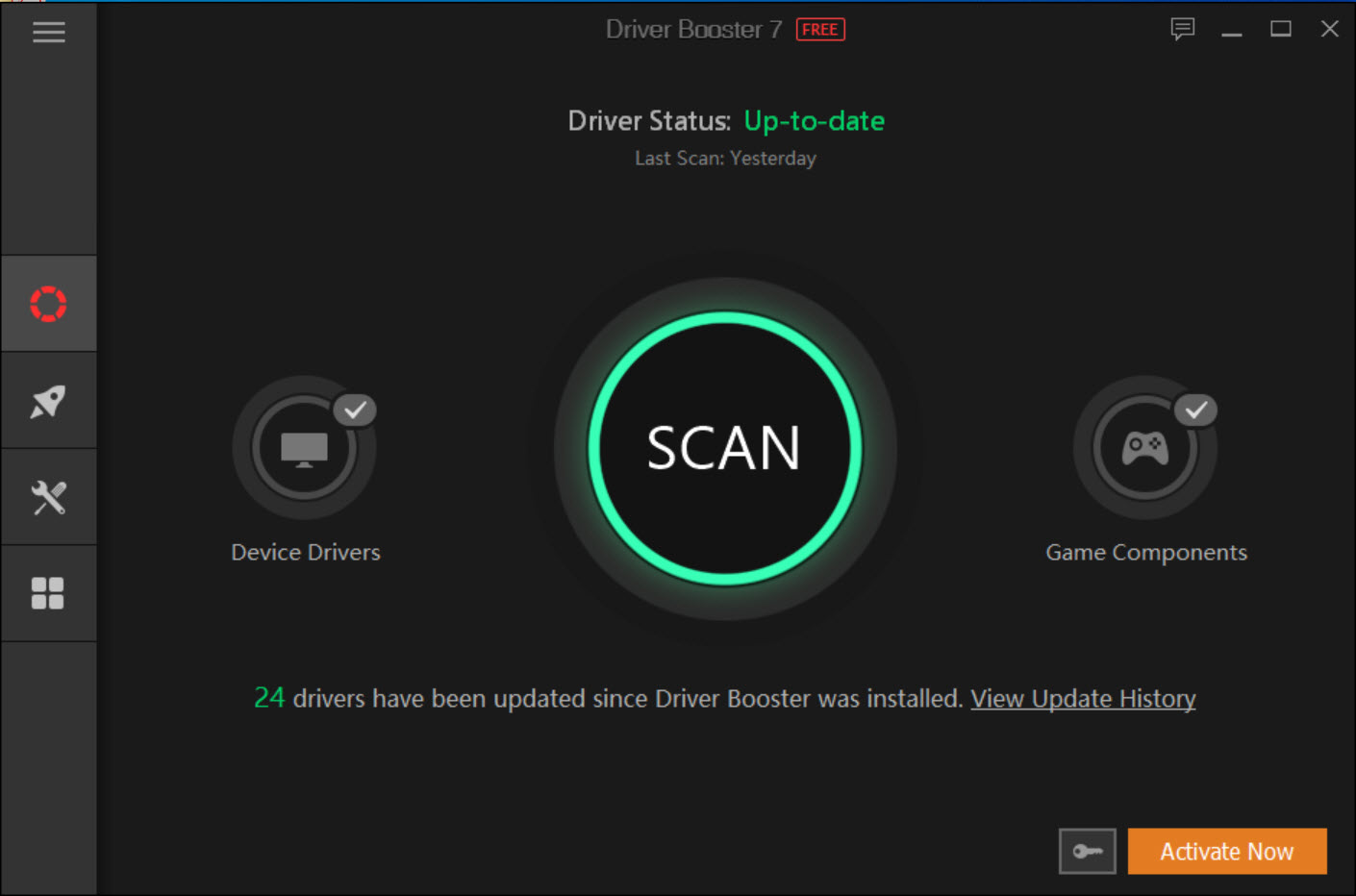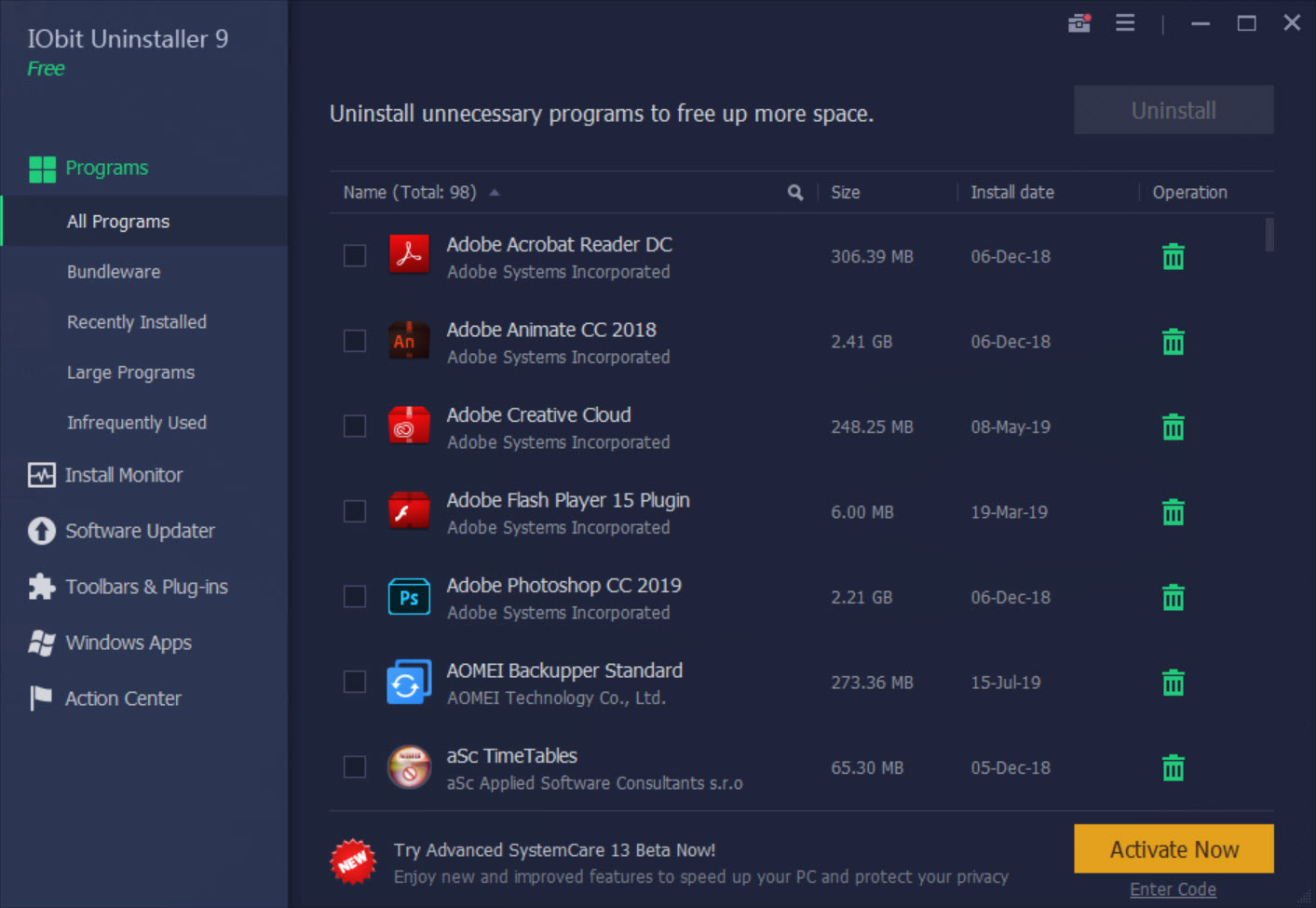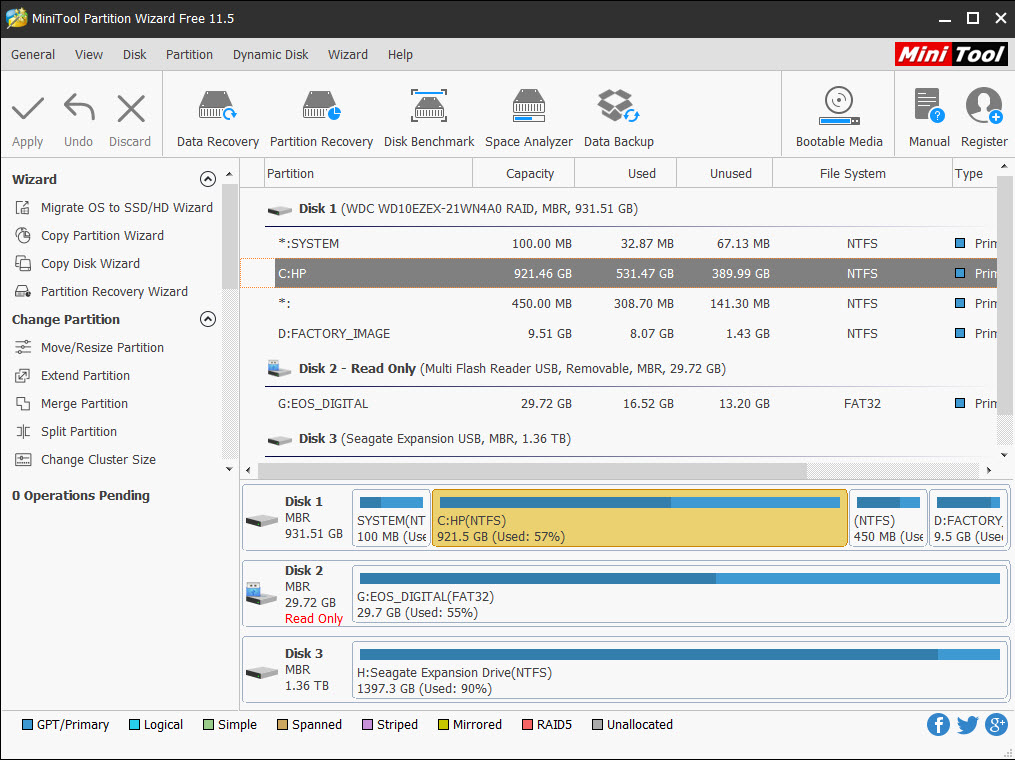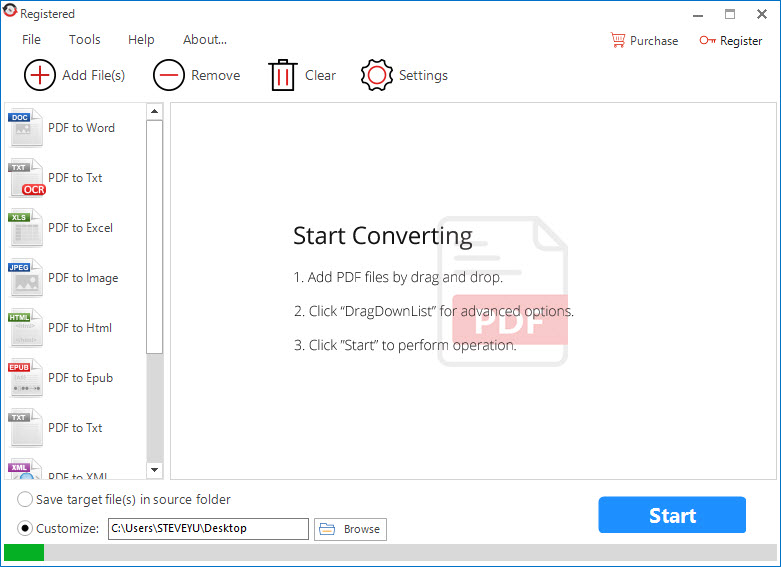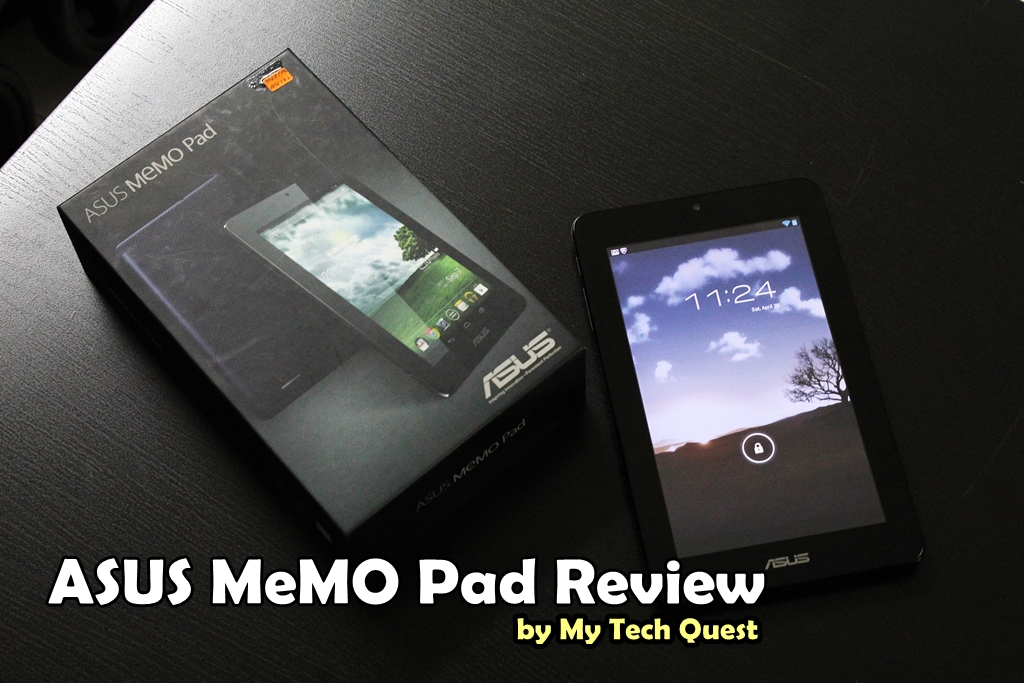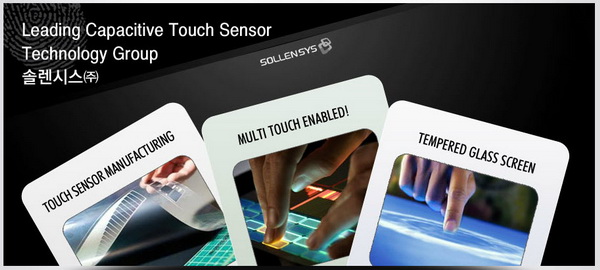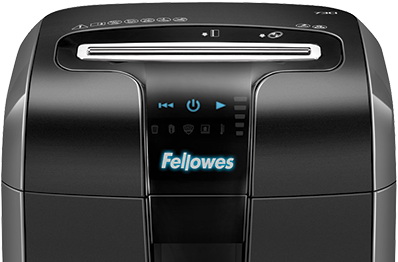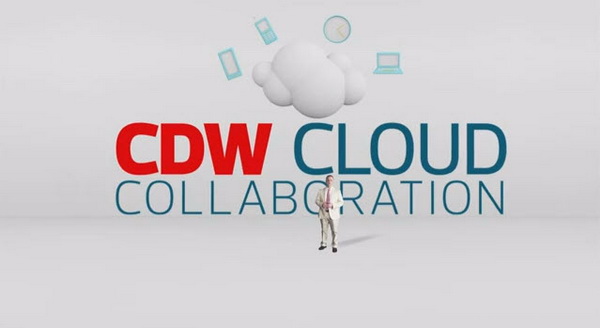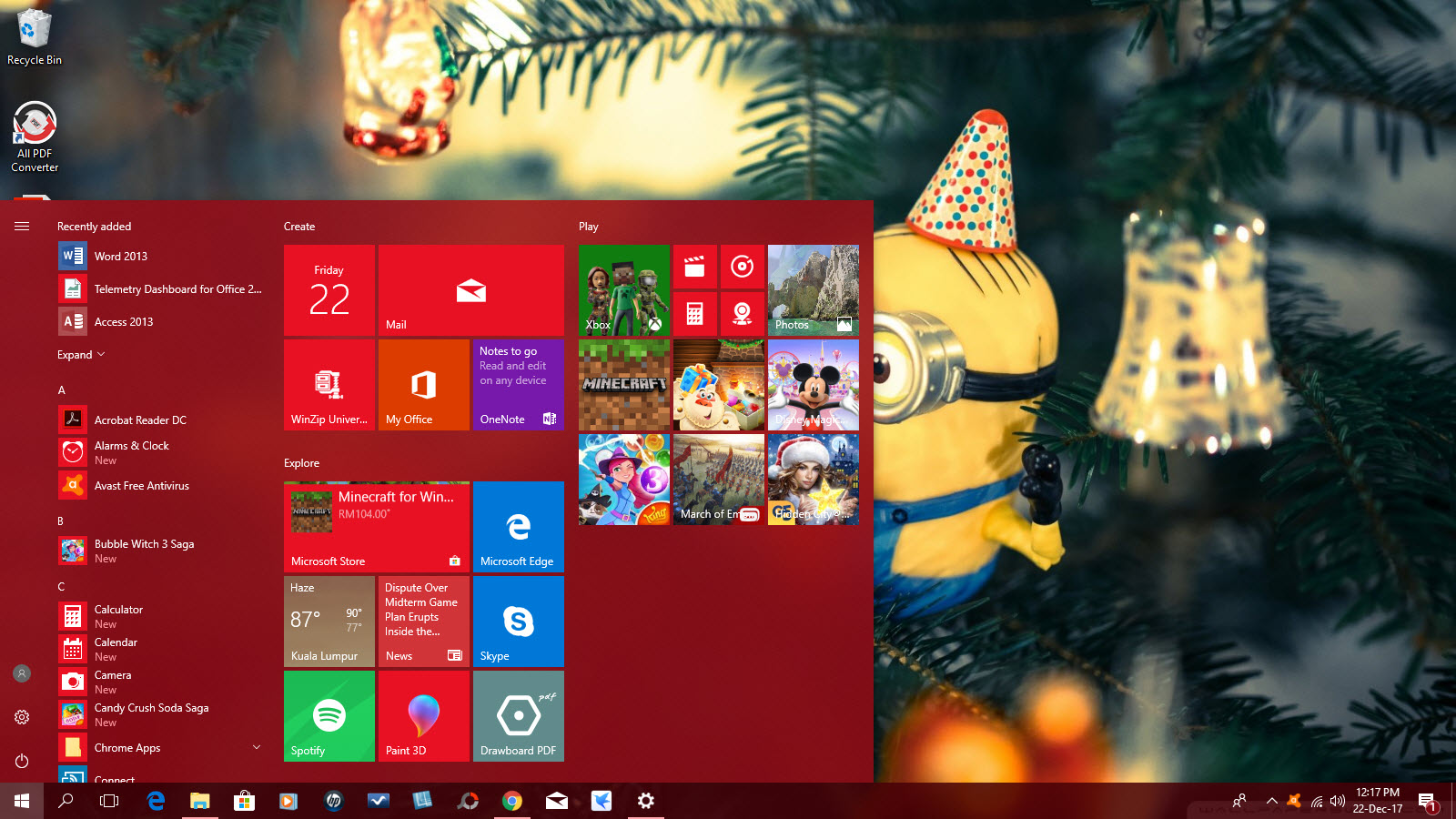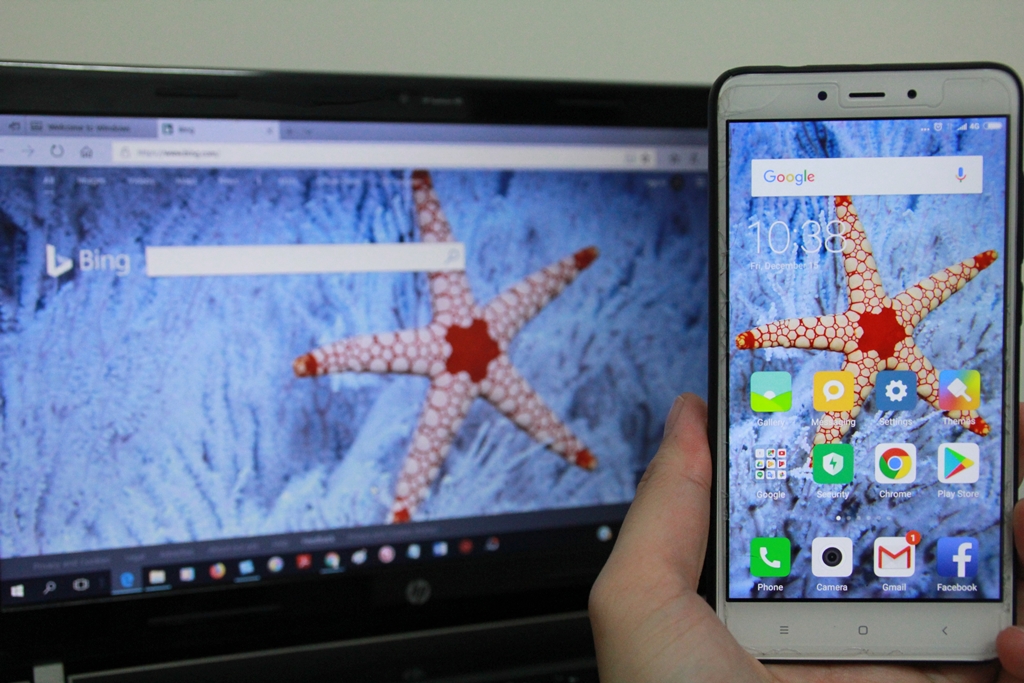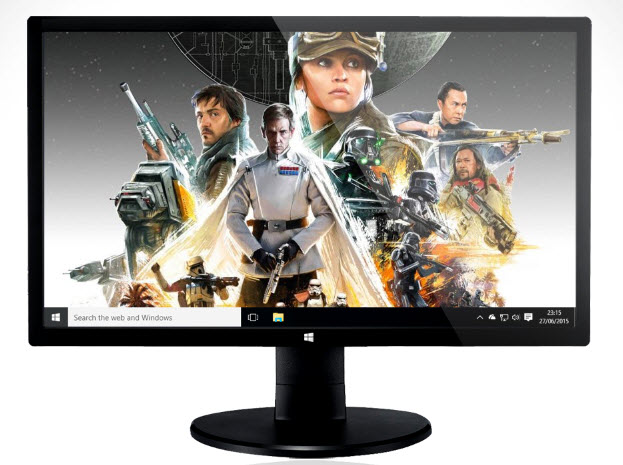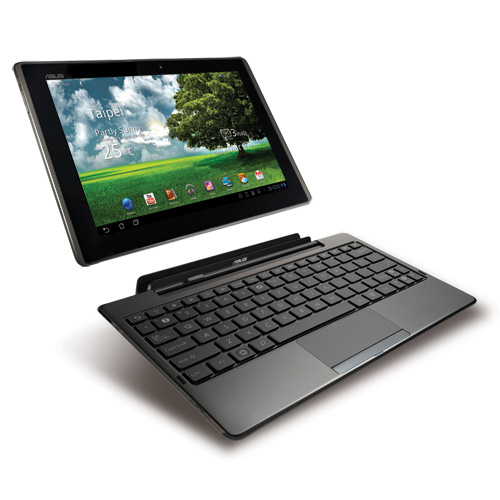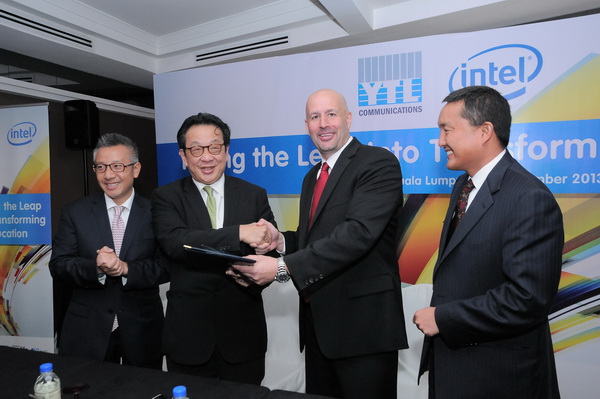Now that Microsoft has launched its newest operating system (OS), Windows 8, there is no doubt that this OS is a game changer. Windows 8 is designed to take the Microsoft company to a different and superior computing era in which the personal computer is no longer a pivotal aspect. However, this doesn’t mean that the personal computer is insignificant because it certainly plays a vital role.
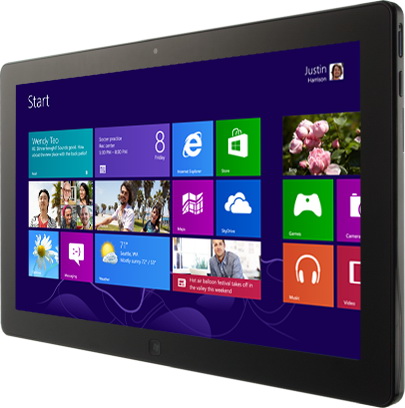
One of the common doubts that people have about this operating system is whether it is really better than all of its predecessors or is it something that doesn’t live up to the hype.
Windows 8 offers cloud computing
Before Windows 8 was launched, Microsoft has announced that the operating system is going to bring the feature of cloud computing to its users, whose number is close to billions! True to its promise, Windows 8 does offer personal cloud to its users.
However, what is interesting about this is that there are three different types of clouds that one can use on Windows 8 : File clouds, Device clouds and Application clouds. Currently, after the release of this operating system, the users are most excited to try out the cloud services. Thus, the future of Windows 8 and cloud computing is simply too exciting when contemplated.
Explanation of the three categories of clouds
As stated above, Microsoft does offer three completely different categories of clouds to its users, namely File clouds, Device clouds and Application clouds.

The first category of cloud, i.e. file clouds offer the traditional method of file storage. Thus, users can gain access to the files irrespective of their location. A fine example of this would be SkyDrive which is launched by Microsoft and also other services like DropBox.
The second category of cloud, i.e. device clouds enables the individual to share the content across more than one device in a transparent manner. The device here refers to anything like cell phones, television sets, etc. Thus, one doesn’t really have to be worried about where the original storage location of the content is because it can easily be shared through different devices. A common example of this would be iCloud by Apple.
The third and last type of cloud, i.e. application clouds can be defined clouds which contains applications. These clouds can be accessed anywhere. The good thing about these is that one can experience improved collaboration and sharing of documents. There is no need of installing any client software and the charges for these applications can be made on a pay per use basis. If you need some examples to give you an idea of what it is like then it would be Office365, Google Apps or Spotify.
Conclusion
Windows 8 is certainly a big improvement from its immediate predecessor, Windows 7. And considering the fact that it leverages cloud computing to a new level, the future of this operating system certainly shines bright. It can be said that the operating system has the potential to make data access seamless for the people.
About the Author : Diana is a writer/blogger. She loves writing, travelling and blogging. She contributes in Next Financial Group
Editor’s note : If you would like to contribute guest article on My Tech Quest, please leave us a message via the contact us page.


